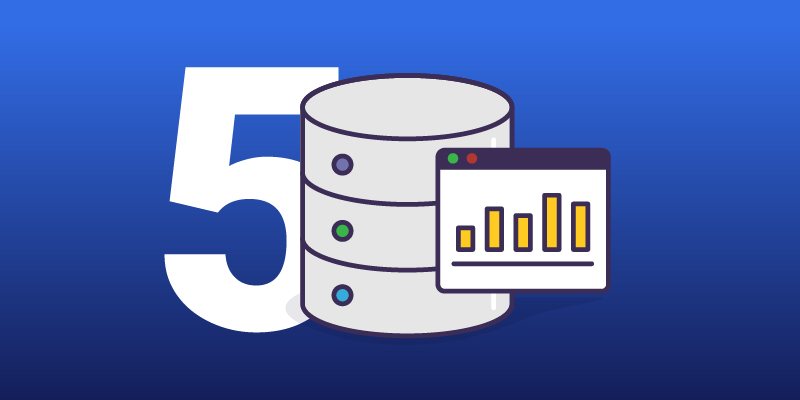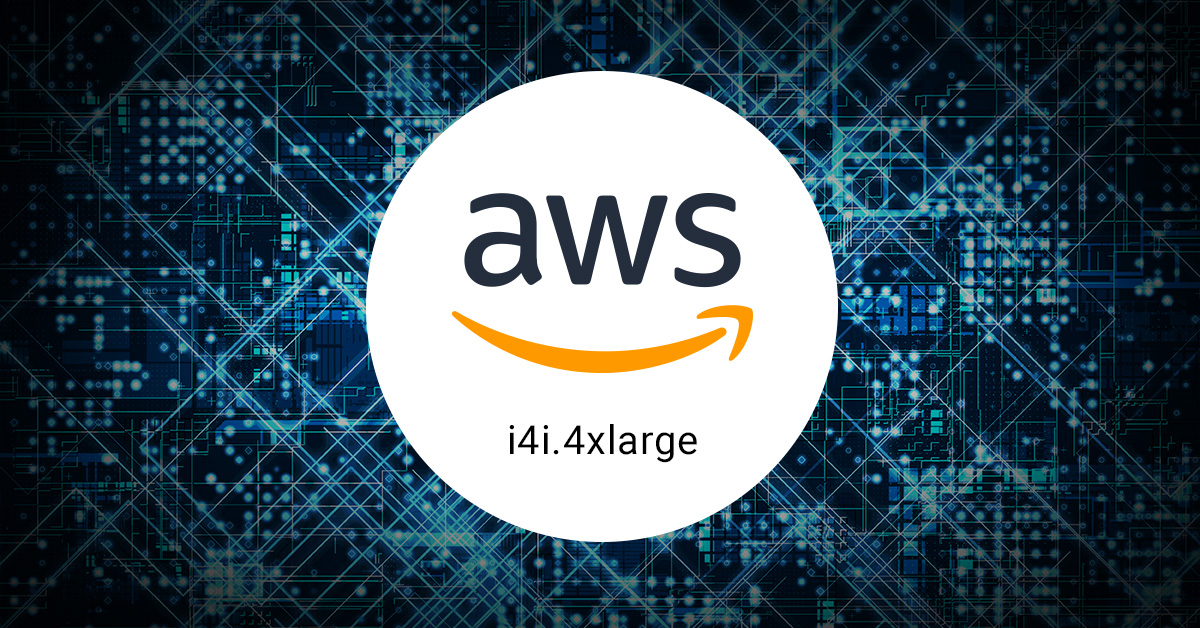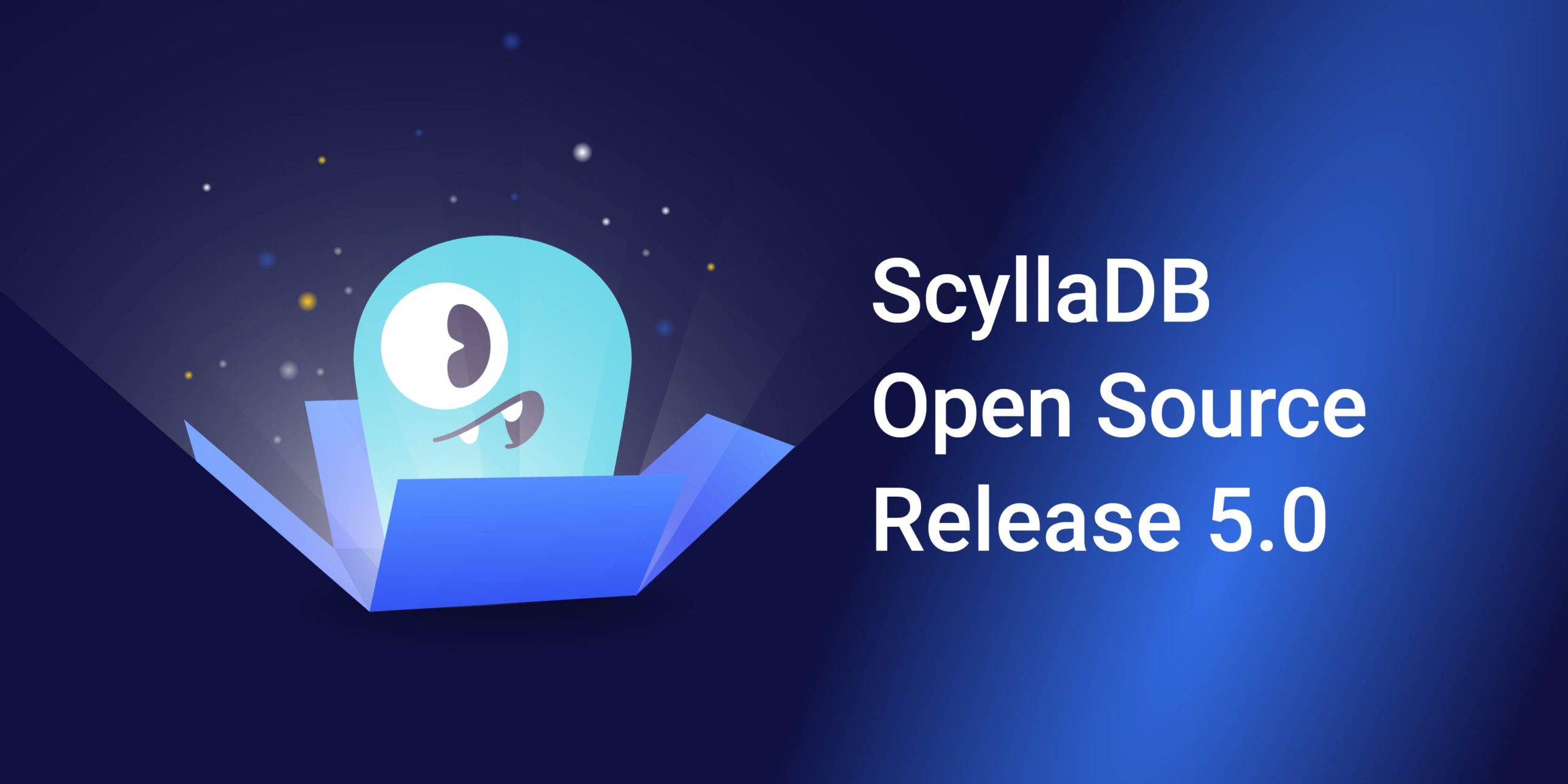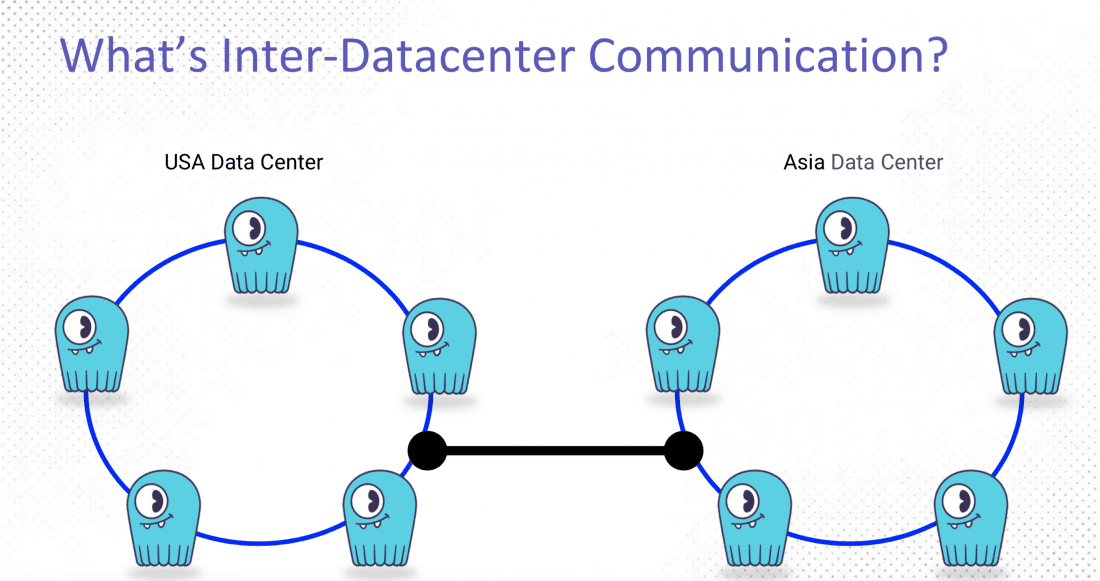
Many organizations are running their workloads on public cloud providers such as Amazon Web Services and enjoy the benefits of easy deployments. While it is arguable that running workloads on the public cloud is cheaper than on-prem, organizations may still run into situations where they are paying too much when services are deployed in different geographical regions.
Let’s look at running two ScyllaDB clusters in a multi-datacenter configuration on AWS as an example. One data center is in the US and the other is in Asia. The deployment consists of multiple nodes that send data back and forth over the public network. The organization charges for the amount of data transferred, and, over time, data transfer costs can be a significant part of the yearly bill.
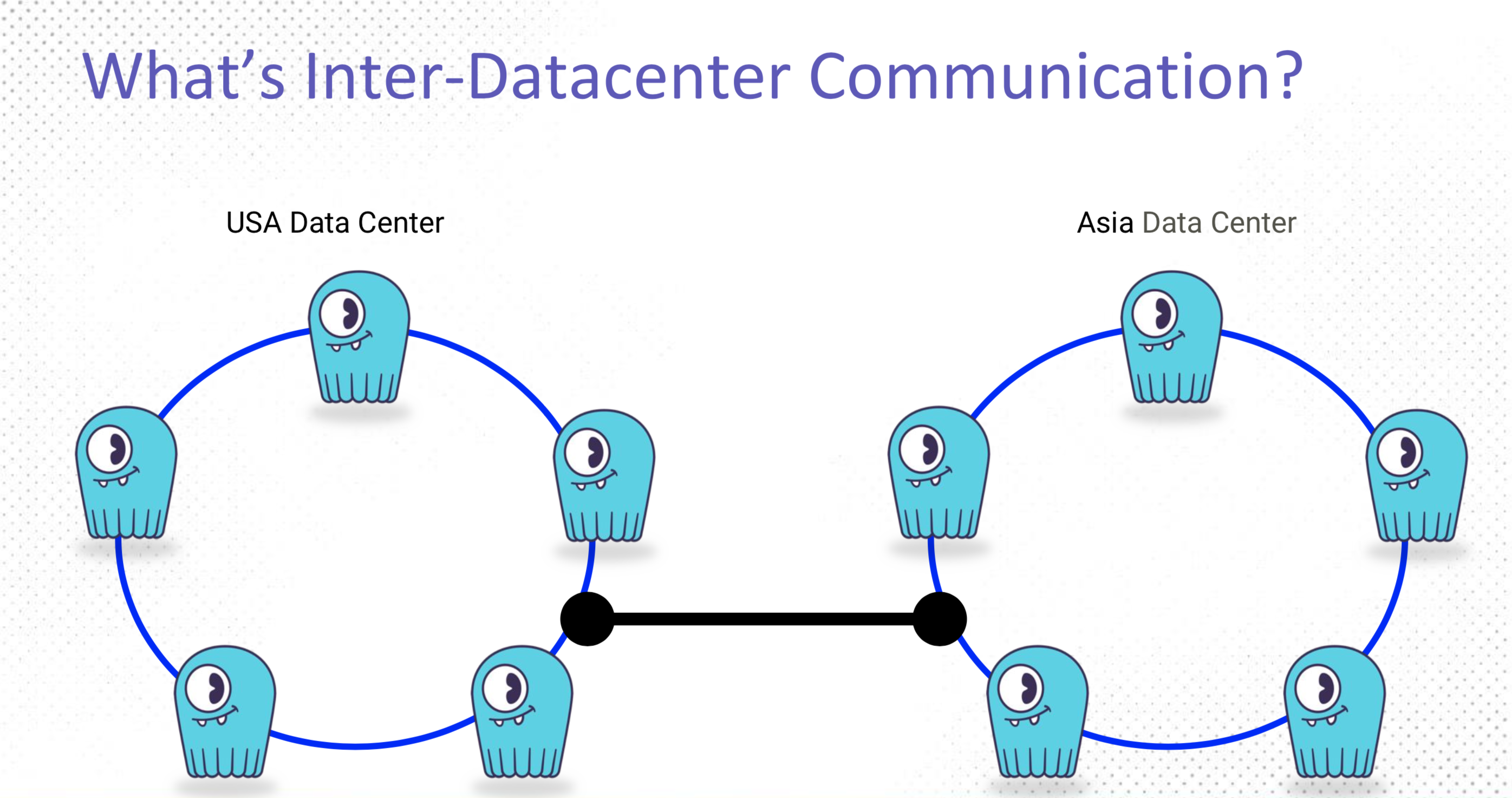
ScyllaDB’s architecture helps reduce network charges
During the installation phase, users define discovery engines called snitches. Snitches inform ScyllaDB about the network topology, which efficiently routes requests and allows ScyllaDB to distribute replicas by grouping machines into data centers and racks. ScyllaDB supports Ec2MultiRegionSnitch, a snitch built for AWS cloud-based, multi-data-center deployments.
When enabled, ScyllaDB maps the region name datacenter and the availability zone as the name of the rack. For traffic in the same AWS region or datacenter, ScyllaDB makes sure replicas in the local datacenter provide the needed information without “going over the pond” to get the information. This snitch reduces the network traffic between geographical regions which results in huge cost savings. Without Ec2MultiRegionSnitch, organizations might be transferring ⅔ of their data over the wire and increasing their costs without gaining any resiliency benefits. An additional cost-saving tip is inter-node compression. If enabled, inter-node compression compresses network traffic between the nodes.
You can view the video above or entire presentation below to learn more about how this works from our talk at ScyllaDB Summit 2017:
Want to test ScyllaDB’s performance yourself? Download ScyllaDB today!

